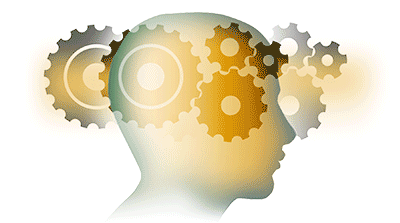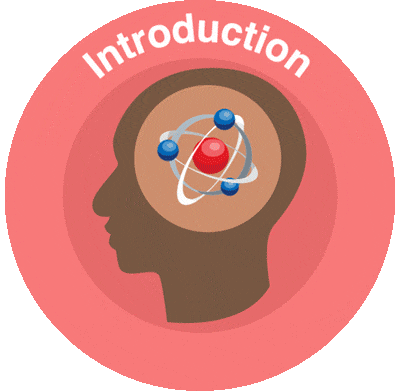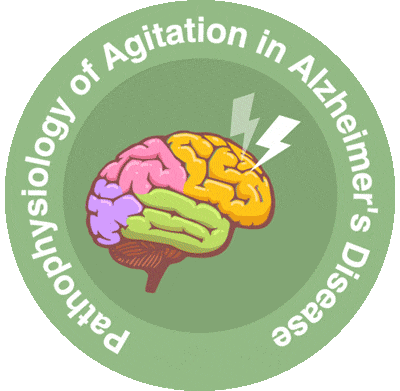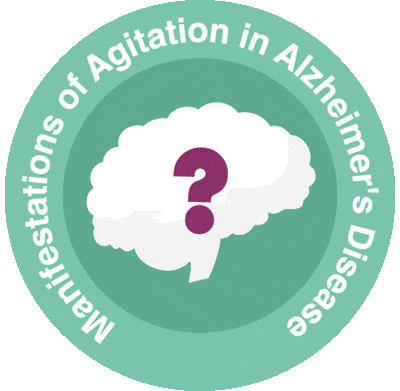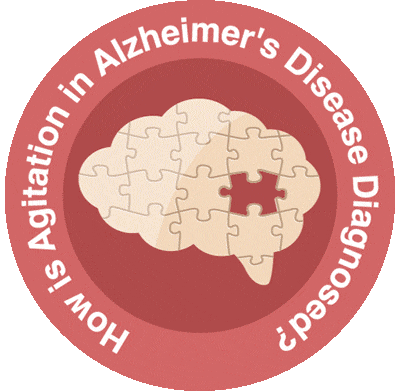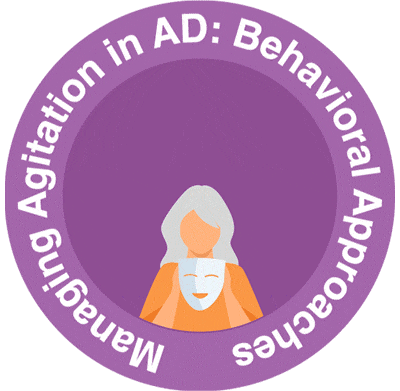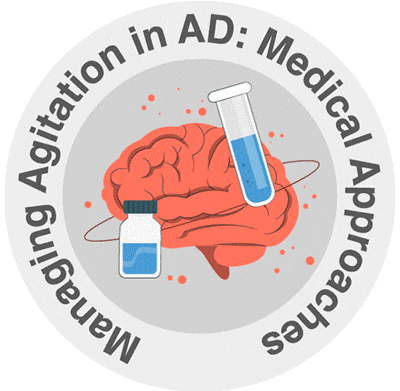 This activity is provided by Med Learning Group.
This activity is provided by Med Learning Group.
This activity is supported by an educational grant from Otsuka America Pharmaceutical, Inc. and Lundbeck.
Copyright © 2024 Med Learning Group. Built by Divigner. All Rights Reserved.

Managing Agitation in Alzheimer’s Disease: Medical Approaches
Until recently, there was no FDA-approved pharmacologic treatment for agitation in Alzheimer’s disease. Instead, clinicians typically use existing drugs off-label, including antipsychotics, antidepressants, acetylcholinesterase inhibitors (eg, donepezil), and N-methyl D-aspartate (NMDA) antagonist therapy (eg, memantine).1
However, overuse of antipsychotic medications has been associated with increased mortality in elderly patients with cognitive impairment, resulting in FDA warnings.3,4
In addition, studies show limited efficacy with pharmacologic therapy, with one systematic review and network meta-analysis finding that nonpharmacologic interventions were generally more effective than off-label pharmacologic interventions.5
The first FDA-approved drug for agitation in Alzheimer’s disease, brexpiprazole, is a serotonin–dopamine activity modulator. It works as a partial agonist at the serotonin 5-HT1A and dopamine D2 receptors and as an antagonist at the 5-HT2A receptors.6,7 It is indicated for treatment on a continuous basis, not as an as-needed treatment.7
By acting as a partial agonist at 5-HT1A receptors, brexpiprazole mimics the effects of serotonin to a milder degree, thereby enhancing serotonin transmission, which is associated with improved socialization and fewer aggressive outbursts.2,8
The partial D2 receptor agonism allows brexpiprazole to stimulate D2 receptors under low dopamine conditions while attenuating their activation when dopamine levels are high. This reduces the potential for adverse effects such as extrapyramidal symptoms. It also prevents overactive dopamine signaling from worsening aggression and irritability.8,9
As an antagonist at 5-HT2A receptors, brexpiprazole blocks serotonin’s overstimulation of dopamine receptors, which can exacerbate agitation. 5-HT2A antagonism also disinhibits dopamine and norepinephrine release in the prefrontal cortex, enhancing executive control over emotions.8,9
Therefore, brexpiprazole can rebalance neurotransmitter disruption and restore equilibrium between emotional drives and cognitive control in key brain regions to alleviate agitation in dementia.
Brexpiprazole was approved for use in the treatment of agitation associated with dementia due to Alzheimer’s disease based on two 12-week phase 3 trials in patients with Alzheimer’s disease and agitation.7
In the first study, treatment with brexpiprazole 2 mg daily demonstrated a significantly greater improvement in the Cohen-Mansfield Agitation Inventory (CMAI) total scores versus placebo (adjusted mean difference, –3.77; confidence limits, –7.38 to –0.17; t(316) = –2.06; P = .040; mixed model for repeated measures [MMRM]). In a second study, treatment with brexpiprazole ranging from 0.5 to 2 mg daily did not demonstrate superiority over placebo in terms of the CMAI total score change from baseline through week 12; however, a post hoc analysis in patients randomized to brexpiprazole 2 mg daily compared with placebo did show a significant separation of curves and treatment effect on the CMAI total score change primary outcome versus placebo (–5.06; –8.99 to –1.13; t(144) = –2.54; P = .012; MMRM).10
In study 2, Clinical Global Impression–severity of illness (CGI-S) scores were significantly improved in patients receiving brexpiprazole at doses ranging from 0.5 to 2 mg daily (–0.31; –0.55 to –0.06; t(222) = –2.42; nominal P = .016; MMRM), but significant improvements in CGI-S scores were not observed in study 1 at the fixed dose of brexpiprazole 2 mg daily. Treatment-emergent adverse events included headache, insomnia, somnolence, dizziness, and urinary tract infection. However, adverse events related to treatment were primarily mild to moderate in severity.10
Investigational Agents
Dextromethorphan/bupropion (AXS-05). This NMDA antagonist consists of dextromethorphan and bupropion in a modulated-delivery tablet formulation. The ACCORD phase 3 trial reported a significant improvement in the primary endpoint of delayed time to relapse in Alzheimer’s disease agitation versus placebo (P = .014). Symptomatic improvement as measured by the CMAI total score was significant as early as week 1 in an open-label extension, while improvements as assessed by a modified Clinical Global Impression of Change (CGIC) scale were achieved in approximately two-thirds of patients (66%) at week 2, and 86% of patients by week 5.11-13
Dexmedetomidine (BXCL501). A sublingual formulation of the alpha2-adrenoceptor agonist dexmedetomidine, BXCL501 showed positive results in the phase 1b/2 TRANQUILITY study in 54 patients with agitation associated with dementia, 87% of whom had Alzheimer’s dementia. Patients receiving the 60-mcg dose had reductions in the Positive and Negative Syndrome Scale-Excitatory Component (PEC) (–7.1; P = .0011), as well as reductions in the Pittsburgh Agitation Scale (PAS) (–5.9 points; P < .0001), and the Mod-CMAI (–14.0; P < .0001).14-16 These results led to dexmedetomidine receiving FDA breakthrough therapy designation in March of 2021. Two ongoing phase 3 trials, TRANQUILITY II and TRANQUILITY III, are evaluating dexmedetomidine in the treatment of adults aged 65 years and older living in assisted-living or in residential facilities and nursing homes.17
Masupirdine (SUVN-502). This orally active 5-HT6 antagonist drug showed a significant reduction in agitation or aggression symptoms in patients with Alzheimer’s disease and aggression/agitation scores of 1 or higher versus those receiving placebo, with similar results in patients with higher baseline aggression/agitation scores (ie, 3 or higher).18,19 Masupirdine is currently in phase 3 trials.20
References
- Carrarini C, Russo M, Dono F, et al. Agitation and dementia: Prevention and treatment strategies in acute and chronic conditions. Front Neurol. 2021;12:644317.
- Liu KY, Stringer AE, Reeves SJ, Howard RJ. The neurochemistry of agitation in Alzheimer’s disease: A systematic review. Ageing Res Rev. 2018;43:99-107.
- Steinberg M, Lyketsos CG. Atypical antipsychotic use in patients with dementia: Managing safety concerns. Am J Psychiatry. 2012;169:900-906.
- Kuehn BM. FDA warns antipsychotic drugs may be risky for elderly. JAMA. 2005;293:2462.
- Watt JA, Goodarzi Z, Veroniki AA, et al. Comparative efficacy of interventions for aggressive and agitated behaviors in dementia: A systematic review and network meta-analysis. Ann Intern Med. 2019;171:633-642.
- Stahl SM. Mechanism of action of brexpiprazole: Comparison with aripiprazole. CNS Spectr. 2016;21:1-6.
- Brexpiprazole (Rexulti®) prescribing information, 5/23 (https://otsuka-us.com/sites/g/files/qhldwo7076/files/media/static/Rexulti-PI.pdf). Accessed 10/31/23.
- Diefenderfer LA, Luppa C. Brexpiprazole: A review of a new treatment option for schizophrenia and major depressive disorder. Ment Health Clin. 2018;7:207-212.
- Citrome L, Stensbøl TB, Maeda K. The preclinical profile of brexpiprazole: What is its clinical relevance for the treatment of psychiatric disorders? Expert Rev Neurother. 2015;15:1219-1229.
- Grossberg GT, Kohegyi E, Mergel V, et al. Efficacy and safety of brexpiprazole for the treatment of agitation in Alzheimer’s dementia: Two 12-week, randomized, double-blind, placebo-controlled trials. Am J Geriatr Psychiatry. 2020;28:383-400.
- Axsome. Axsome Therapeutics announces AXS-05 achieves primary endpoint in the ACCORD Phase 3 trial in Alzheimer’s disease agitation. 11/28/2022 (www.biospace.com/article/releases/axsome-therapeutics-announces-axs-05-achieves-primary-endpoint-in-the-accord-phase-3-trial-in-alzheimer-s-disease-agitation/). Published November 28, 2022. Accessed 10/31/23.
- NCT03226522. Addressing dementia via agitation-centered evaluation (ADVANCE). 9/17/23 (https://clinicaltrials.gov/ct2/show/NCT03226522). Accessed 10/31/23.
- NCT04947553. Open-label safety study of AXS-05 in subjects with Alzheimer’s disease agitation. 3/7/23 (https://clinicaltrials.gov/ct2/show/NCT04947553). Accessed 10/31/23.
- NCT04251910. Sub-lingual dexmedetomidine in agitation associated with dementia (TRANQUILITY). 9/21/23 (https://clinicaltrials.gov/ct2/show/NCT04251910). Accessed 10/31/23.
- BioXcel. BioXcel Therapeutics announces BXCL501 met the primary and all secondary endpoints in the TRANQUILITY Phase 1b/2 study for the acute treatment of agitation in dementia, including Alzheimer’s disease. 1/5/2021 (www.globenewswire.com/news- release/2021/01/05/2153316/0/en/BioXcel-Therapeutics-Announces-BXCL501-Met-the-Primary-and- All-Secondary-Endpoints-in-the-TRANQUILITY-Phase-1b-2-Study-for-the-Acute-Treatment-of- Agitation-in-Dementia-including-Al.html) Accessed 10/31/23.
- Gertler R, Brown HC, Mitchell DH, Silvius EN. Dexmedetomidine: A novel sedative-analgesic agent. Proc (Bayl Univ Med Cent). 2001;14:13-21.
- BioXcel. BioXcel Therapeutics initiates pivotal Phase 3 program of BXCL501 for acute treatment of agitation in patients with Alzheimer’s disease. 12/15/2021 (www.biospace.com/article/releases/bioxcel-therapeutics-initiates-pivotal-phase-3-program-of-bxcl501-for-acute-treatment-of-agitation-in-patients-with-alzheimer-s-disease/). Accessed 10/31/23.
- Nirogi R, Ieni J, Goyal VK, et al. Effect of masupirdine (SUVN-502) on cognition in patients with moderate Alzheimer’s disease: A randomized, double-blind, phase 2, proof-of-concept study. Alzheimers Dement (NY). 2022;8:e12307.
- Nirogi R, Jayarajan P, Benade V, et al. Potential beneficial effects of masupirdine (SUVN-502) on agitation/aggression and psychosis in patients with moderate Alzheimer’s disease: Exploratory post hoc analyses. Int J Geriatr Psychiatry. 2022;37:10.1002/gps.5813.
- NCT05397639. Masupirdine for the treatment of agitation in dementia of the Alzheimer’s type. 8/15/23 (https://clinicaltrials.gov/ct2/show/NCT05397639). Accessed 10/31/23.
